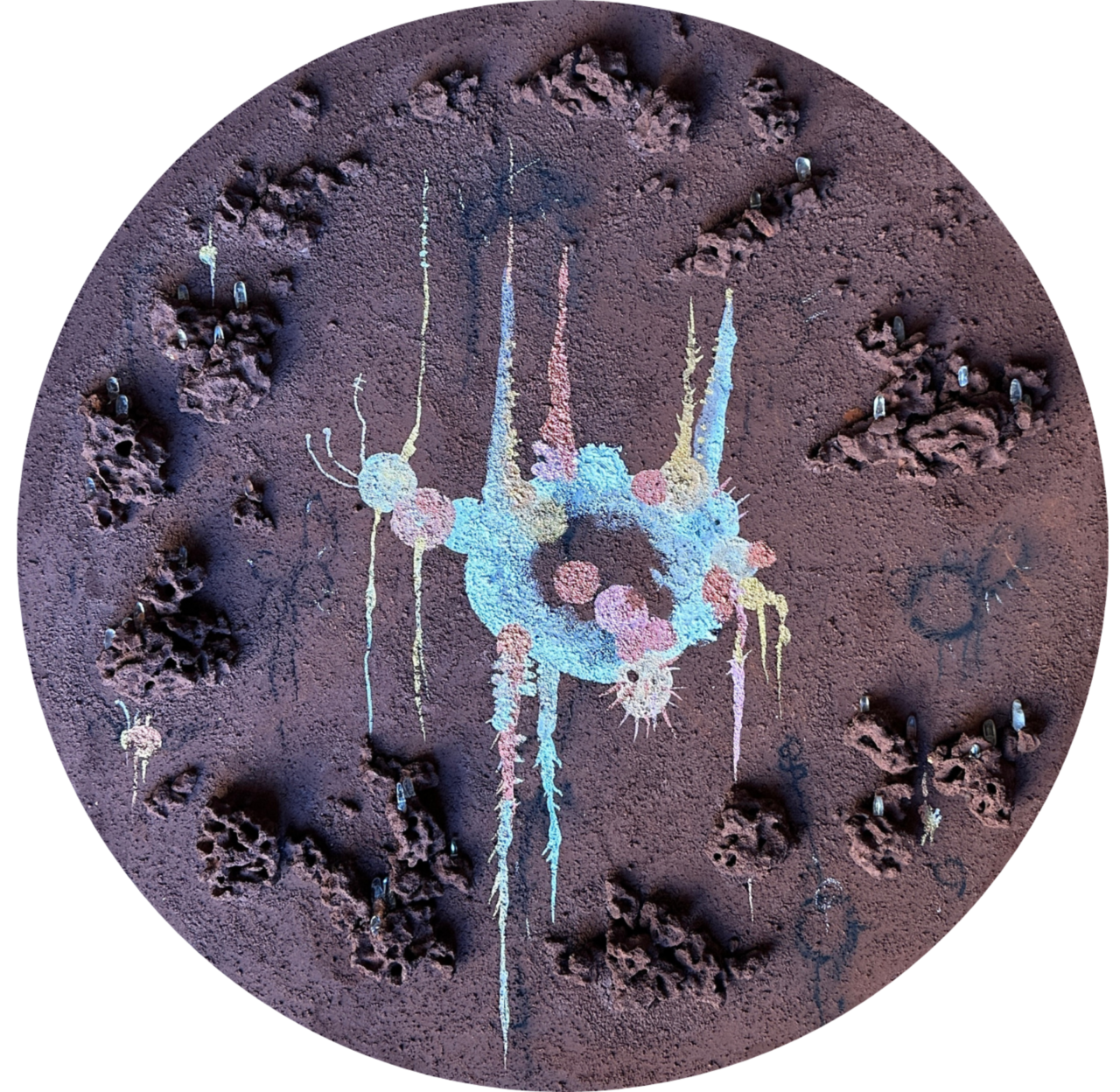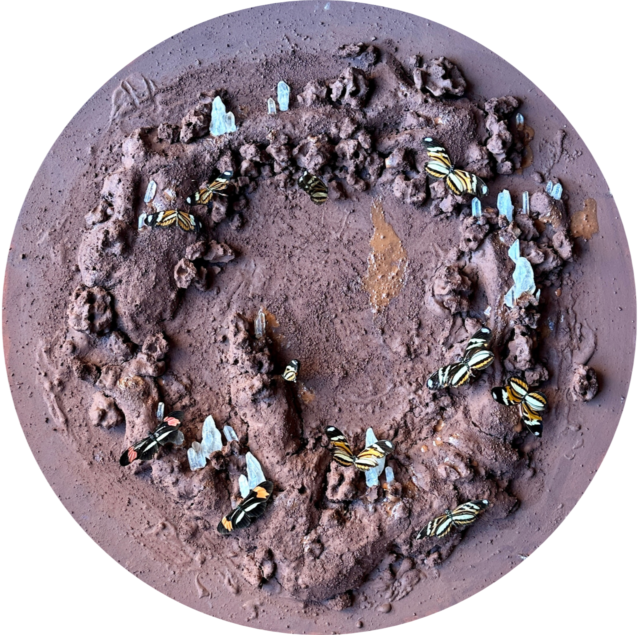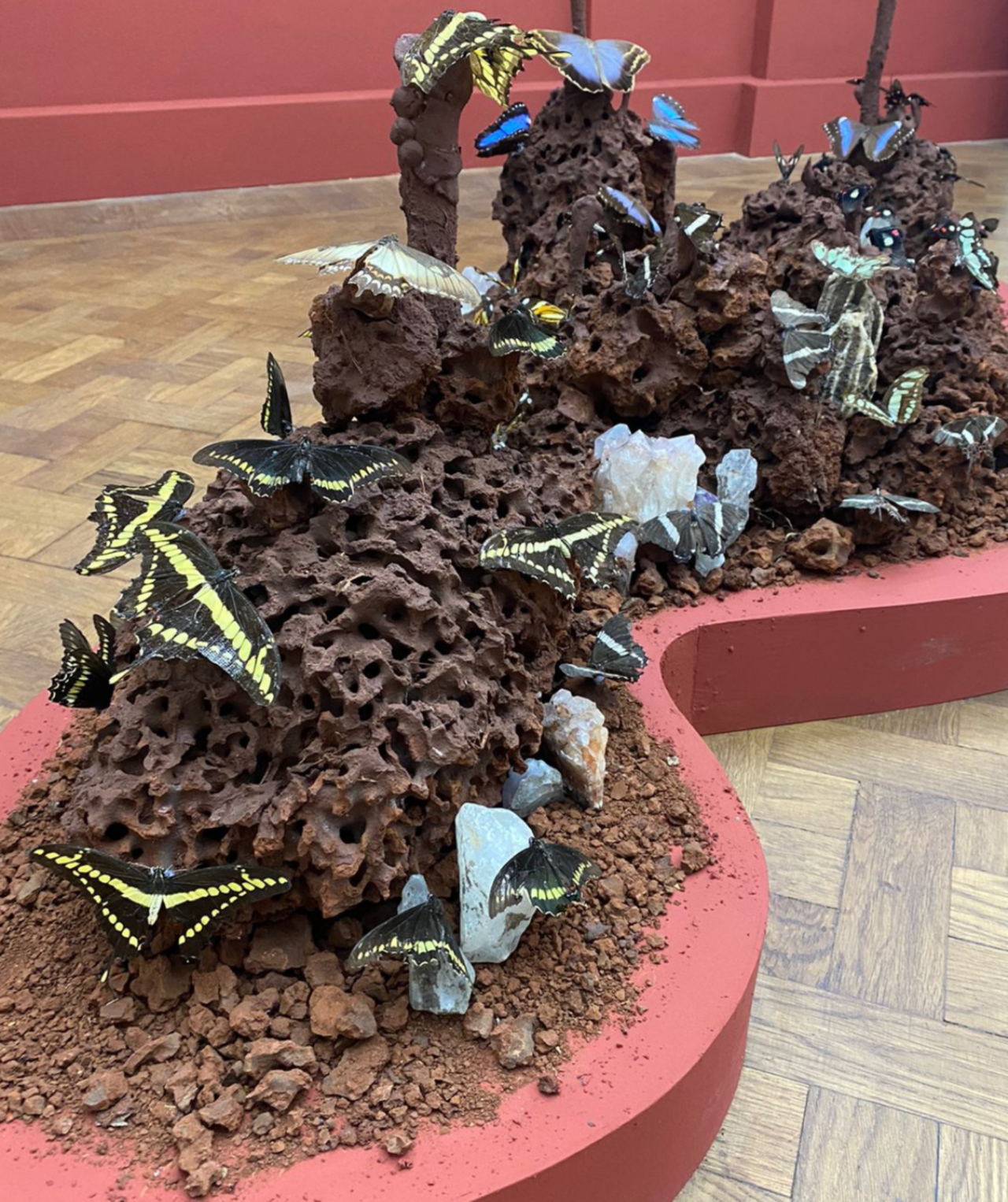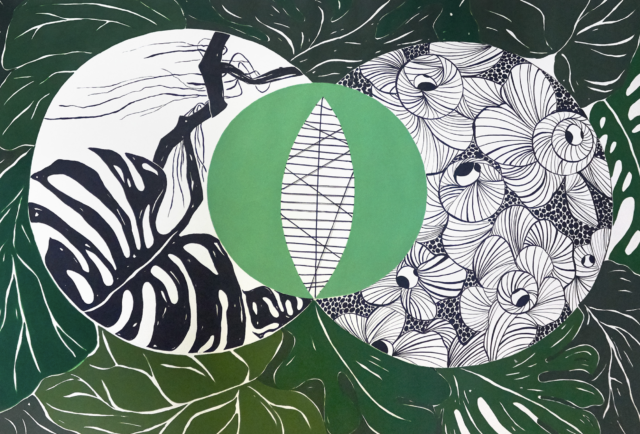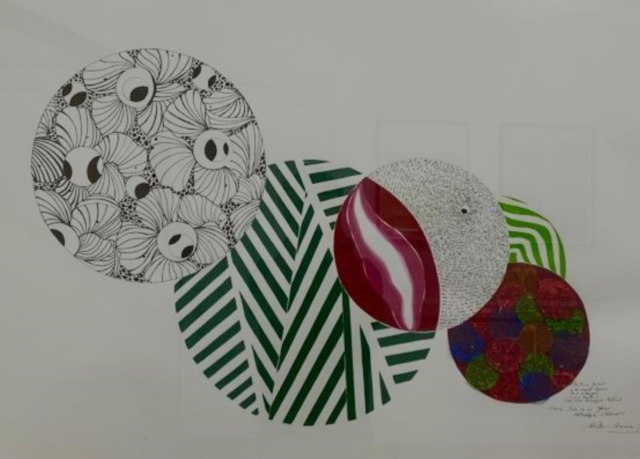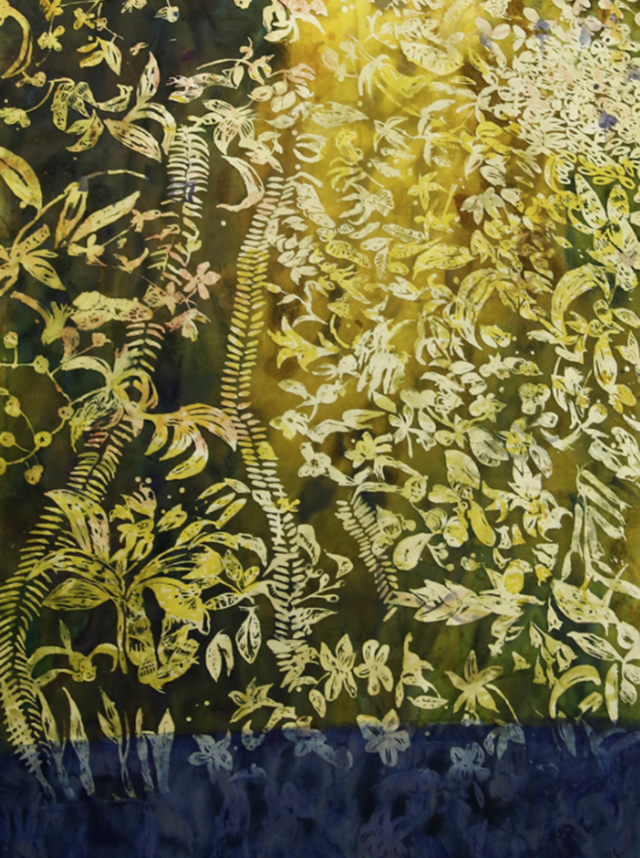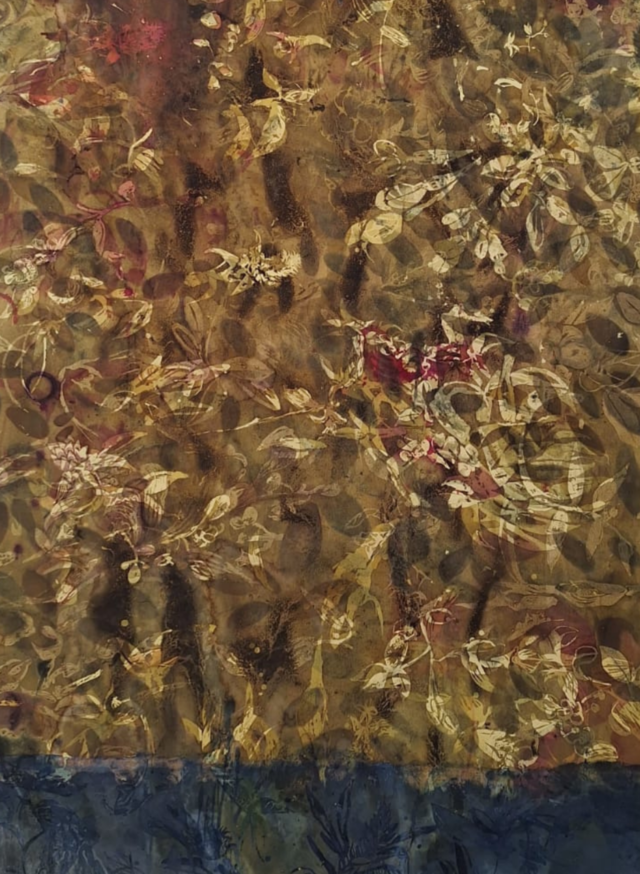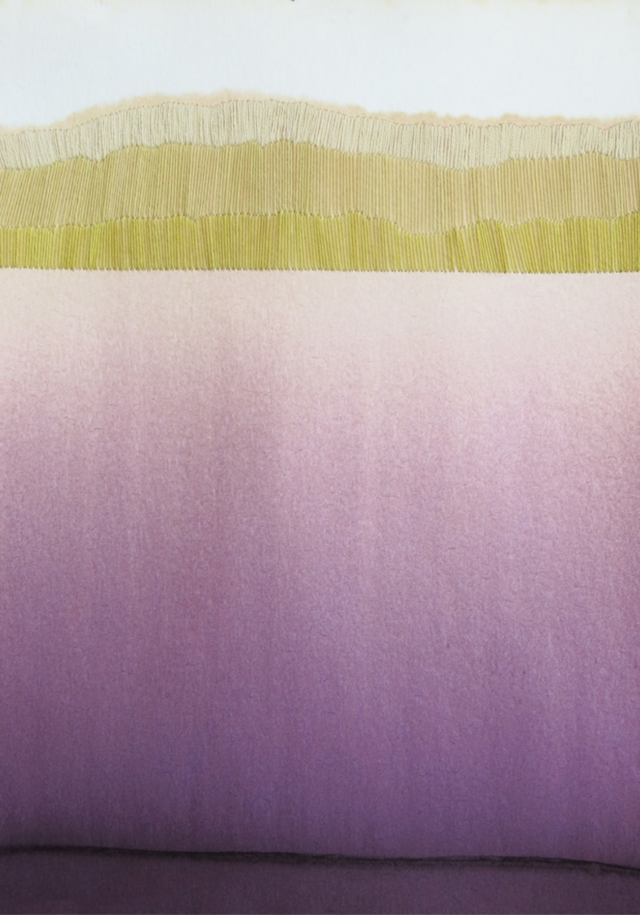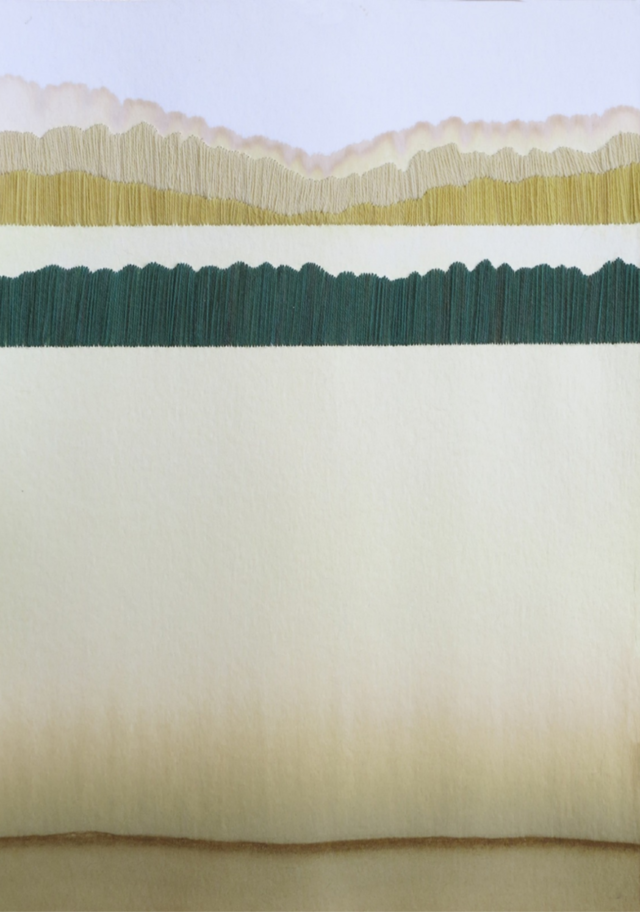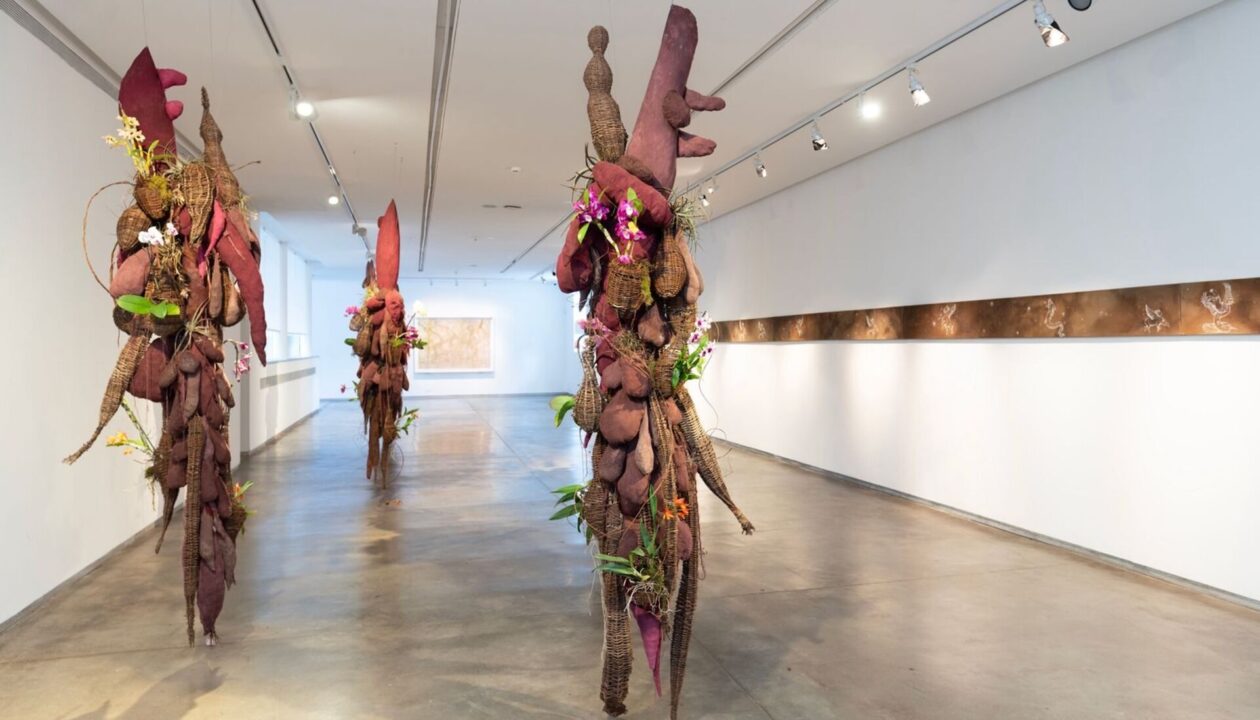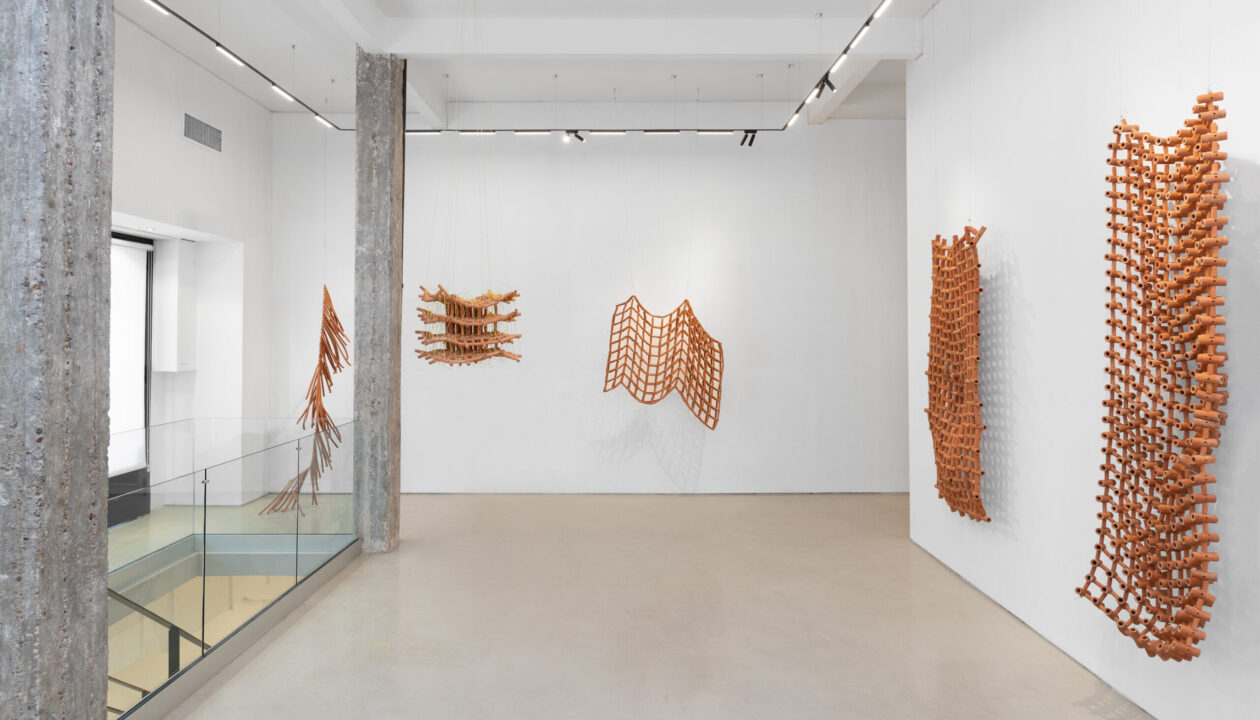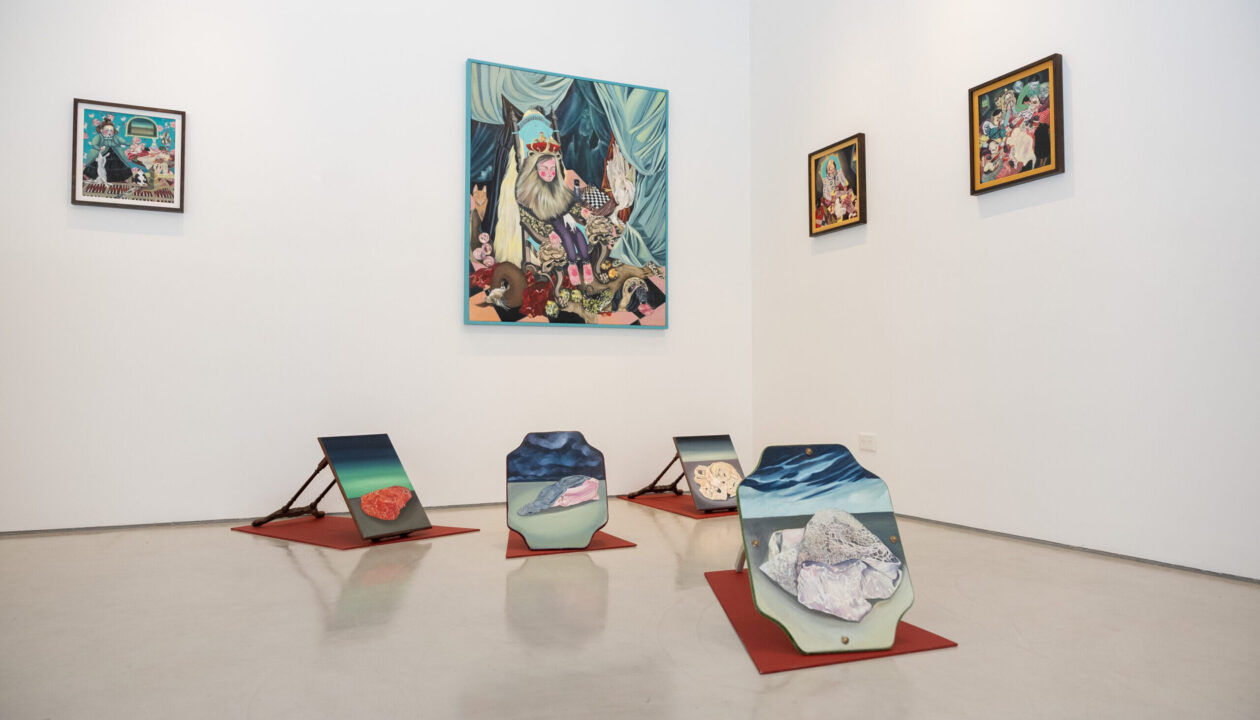Buenos Aires
Ecology of beings
PAREDES / GRADÍN / CORCUERA /
Curator
Helena Ferronato
Oct. 26, 2023 — Feb. 16, 2024
About exhibition
When we were children and imagined the future, the “21st century”, we usually used to visualize flying cars, humanized robots, interplanetary life and time travel. Perhaps, in a few years, this will become our reality, the imagined future commanded by artificial intelligence.
What perhaps, due to ignorance, lack of awareness or fear, we did not consciously visualize about the future, which is now the present we inhabit, is the irresponsible relationship between human beings and the natural world. The planetary crossroads at which we find ourselves with respect to climate change is alarming. The footprints of human activity on Earth are undeniable and, unfortunately, some of them have produced worrying ecological imbalances. This global challenge forces us to question our role as contemporary inhabitants of the planet.
In relation to this, the Canadian anthropologist Eduardo Kohn, in the book How Forests Think, through an innovative vision, takes up ancestral thoughts from the Amazon rainforest and questions our relationship with the natural world. Kohn invites us to enter a world of thought beyond the human, where nature as a whole has agency and meaning, arguing that nature is not a mere passive stage, but a protagonist in its own right.
This leads us to a profound reflection on our relationship with the natural environment and the need to recognize that we are part of a larger web of life. Ecology of beings, as a central concept in the book, reminds us that all beings, from trees to microorganisms, have a vital role in existence. A symbiosis between organisms of different species that mutually benefit each other in their vital development, being dependent on each other.
Through the symbiotic interconnection of the works of Maria Silvia Corcuera Terán, Lucila Gradín and Andrés Paredes we can amplify these considerations, since the artists, through their works, have the power to translate ideas and thoughts provoking awareness and reflection in the viewer. Maria Silvia Corcuera Terán, in the series Todo es un globo, proposes profound reflections on our present link with history, ranging from the fifteenth century, recalling the conquest of America, the Jesuits, the indigenous peoples and their consubstantiation with nature; to the twenty-first century referencing the contemporary transculturation that defines us and a marked criticism of the economic, cultural and social globalization that crosses us as a society. It addresses the connection, interdependence and tension between man and his environment, through dichotomies, a constant game in the work of Maria Silvia, with which she points out and makes us think about what is uncomfortable and often we prefer to omit.
For her part, Lucila Gradín invites us to connect with our natural environment from a perspective that focuses on ancestral techniques. Her object of study is the native plants of the Río de la Plata and their ability to produce dyes that she then applies to her works, creating different atmospheres. This practice refers to the ancient technique of dyeing textiles and fibers using pigments extracted from natural sources, which has been used throughout history by various cultures, in different regions of the world. Lucila’s work proposes a respectful relationship between culture and nature, preserving ancestral knowledge and opens an interesting path towards awareness of the use of natural resources and sustainability.
The work of Andrés Paredes unfolds in several dimensions, establishing an undeniable connection with the natural environment. In a first approximation, we can appreciate the choice of materials that are closely linked to their homeland, the Misiones jungle, such as red earth or small insects such as butterflies or cicadas. When delving into a second reading, concepts related to science emerge, such as the Endosymbiotic Theory, which describes the process of symbiosis, where one organism lives inside another organism. Finally, in a third reading, of a metaphorical nature, we can discover that Andrés, through his works, proposes the creation of new possible universes, forging a renewed paradigm that promotes the union of all beings that inhabit his works to guarantee survival.
Altogether, the works of Maria Silvia, Lucila and Andrés speak to us, challenge us and guide us on an introspective journey of reflection on the relationship between human beings and nature. They challenge us to become aware of climate change and urge us to seek an essential approach to coexist in greater balance with our environment. This dialogue is a reminder that our individual actions have a collective impact and of the urgent need to rethink the relationship between man and nature from a more innovative perspective. Some contemporary thinkers maintain that, sometimes, innovating means going back a few steps, rethinking ourselves and building again. Perhaps in the past we will find the answer to rethink our relationship with the planet and all its forms of life and thought.

